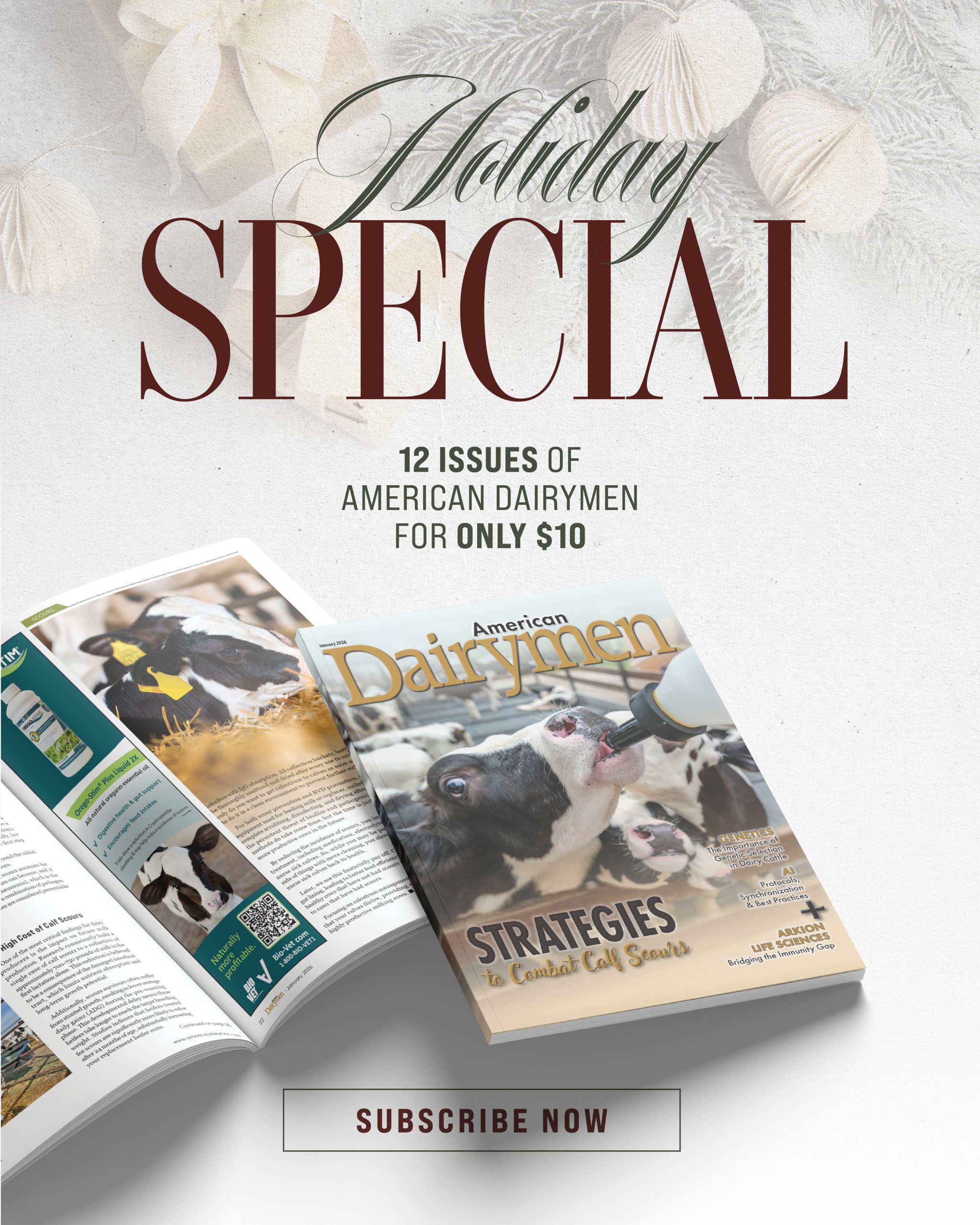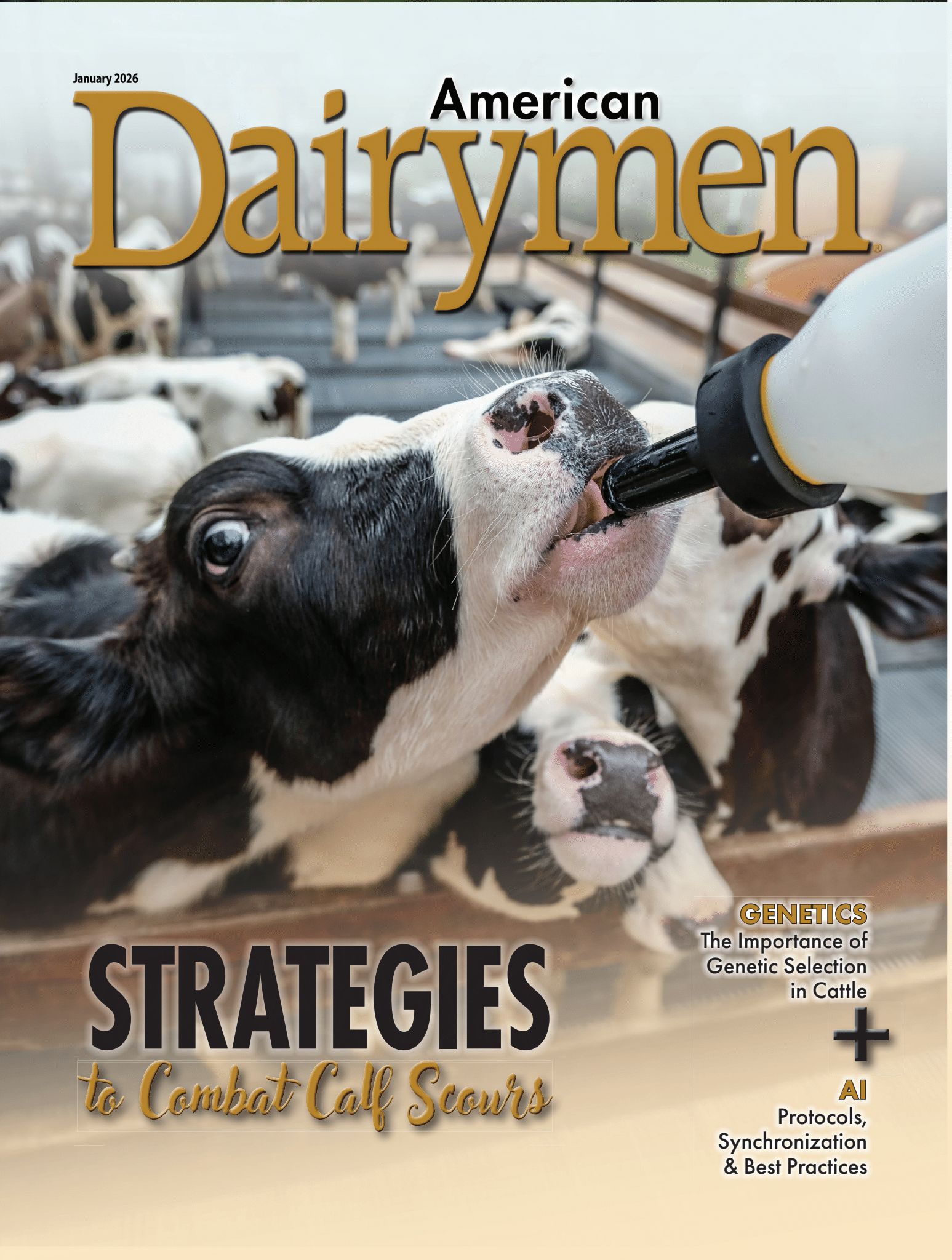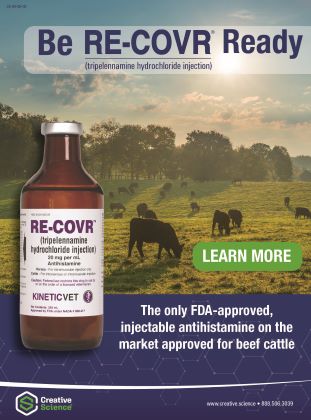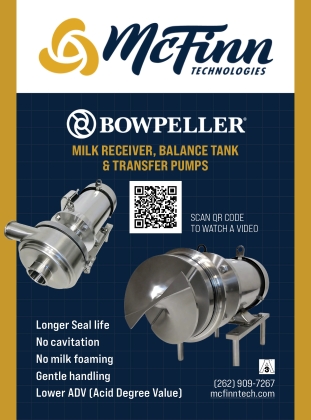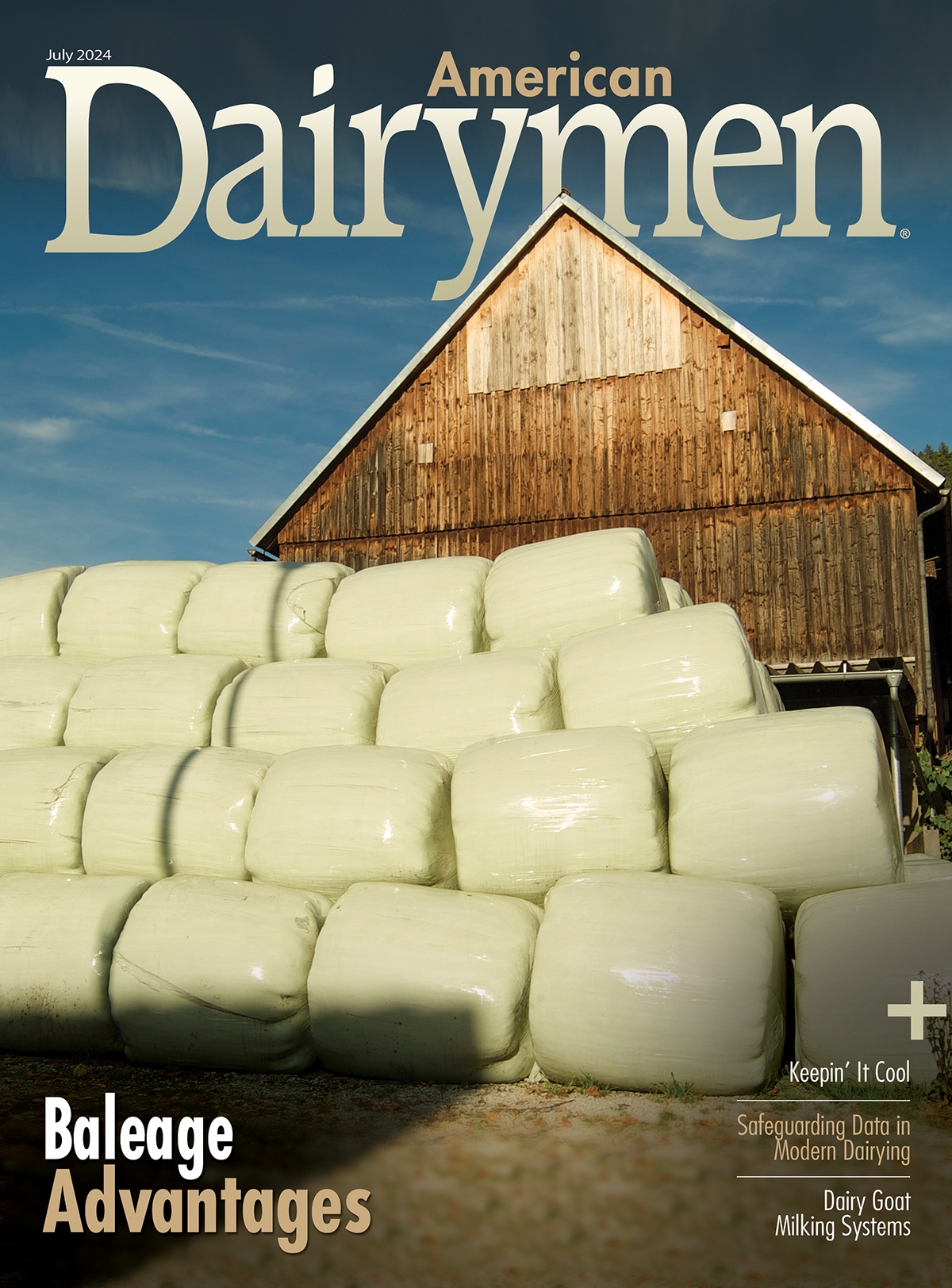Check Out Our Current Issue!

NMC Webinar Addresses Treatment of Clinical Mastitis
NEWS RELEASE Contact: JoDee Sattler NMC Marketing and Communications Director jdsattler@nmconline.org Office: (952) 758-2146 Cell: (414) 587-5839 NMC webinar addresses treatment of clinical mastitis New Prague, MN (July 9, 2025) – “Treatment of Non-severe, Gram-negative Clinical Mastitis” headlines NMC’s Aug. 21 webinar, presented by Daniela Bruno, University of California Cooperative Extension, and Juan “Rodrigo” Pedraza, […]
READ MORE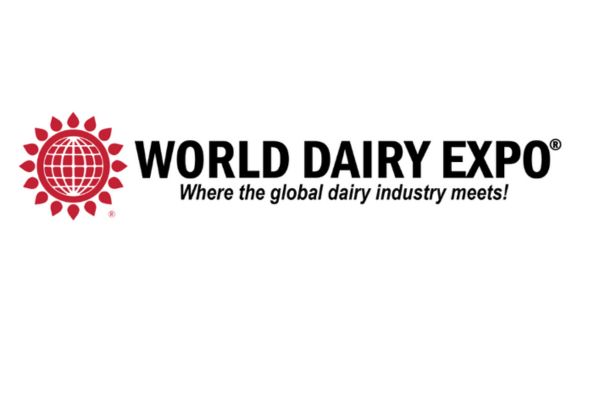
Experience World Dairy Expo – In Person or Online
MADISON, WIS. – Admission tickets and ExpoTV subscriptions are now available for purchase and allow you to access World Dairy Expo from wherever you are during the first week of October! Buy your digital tickets for this year’s events before arriving at the Alliant Energy Center. Admission is required Tuesday, September 30 through Friday, October […]
READ MORE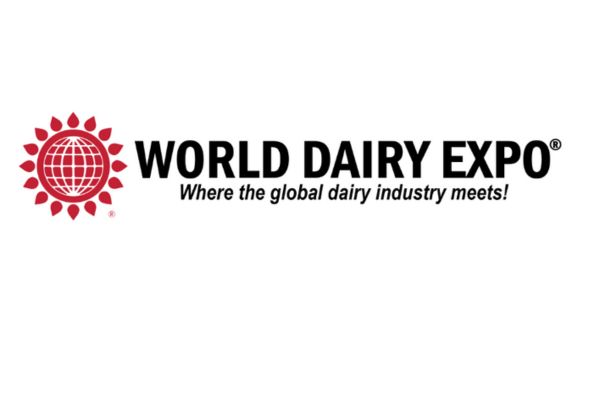
World Dairy Expo Dairy Cattle Show Entries Now Open
MADISON, WIS. – Entries for the Dairy Cattle Show at the 58th World Dairy Expo in Madison, Wisconsin are now being accepted, exclusively online at worlddairyexpo.com. The first entry deadline is Monday, September 1 at 11:59 p.m. (CDT). Late entries, for an increased fee, can be submitted online through September 12 to be included in […]
READ MORE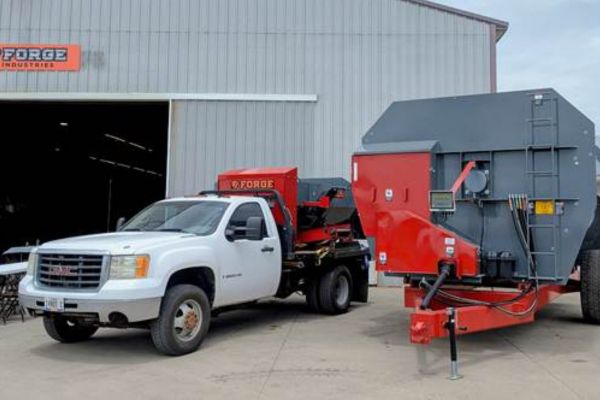
Forge IndustriesTM Marks One Year of MacPherson Family Ownership
Corsica, SD – [July 8, 2025] – In 2024, the MacPherson family of Gothenburg, Nebraska, purchased Farm Aid Manufacturing. In February 2025, the business was re-branded as Forge IndustriesTM and it remains a leading producer of feed mixer wagons. To mark one year under new ownership, an open house was held at the manufacturing plant […]
READ MOREFeatured Story
Regenerative Agriculture on a Dairy Farm
Paul and Erin Kernaleguen are dairy farmers and soil consultants near Birch Hills, Saskatchewan, committed to regenerative practices in growing forage for their cattle. They farm with Paul’s Parents, Jos and Brenda.
“We were a very conventional dairy operation until 2012 when we started looking at doing some things differently because our weather was super-wet for a couple years. Our average annual precipitation is about 12 inches of moisture, but we’d had two years in a row with about 40 to 50 inches, which made farming extremely difficult!” says Paul.
Twin Rivers Media
Publisher of American Cattlemen and American Dairymen magazines. Founded over 30 years ago, Twin Rivers Media serves the information and marketing needs of America’s beef and dairy producers.
In addition to our industry leading print magazines, Twin Rivers Media is a comprehensive multi-media communications company reaching producers and suppliers across all media channels.


